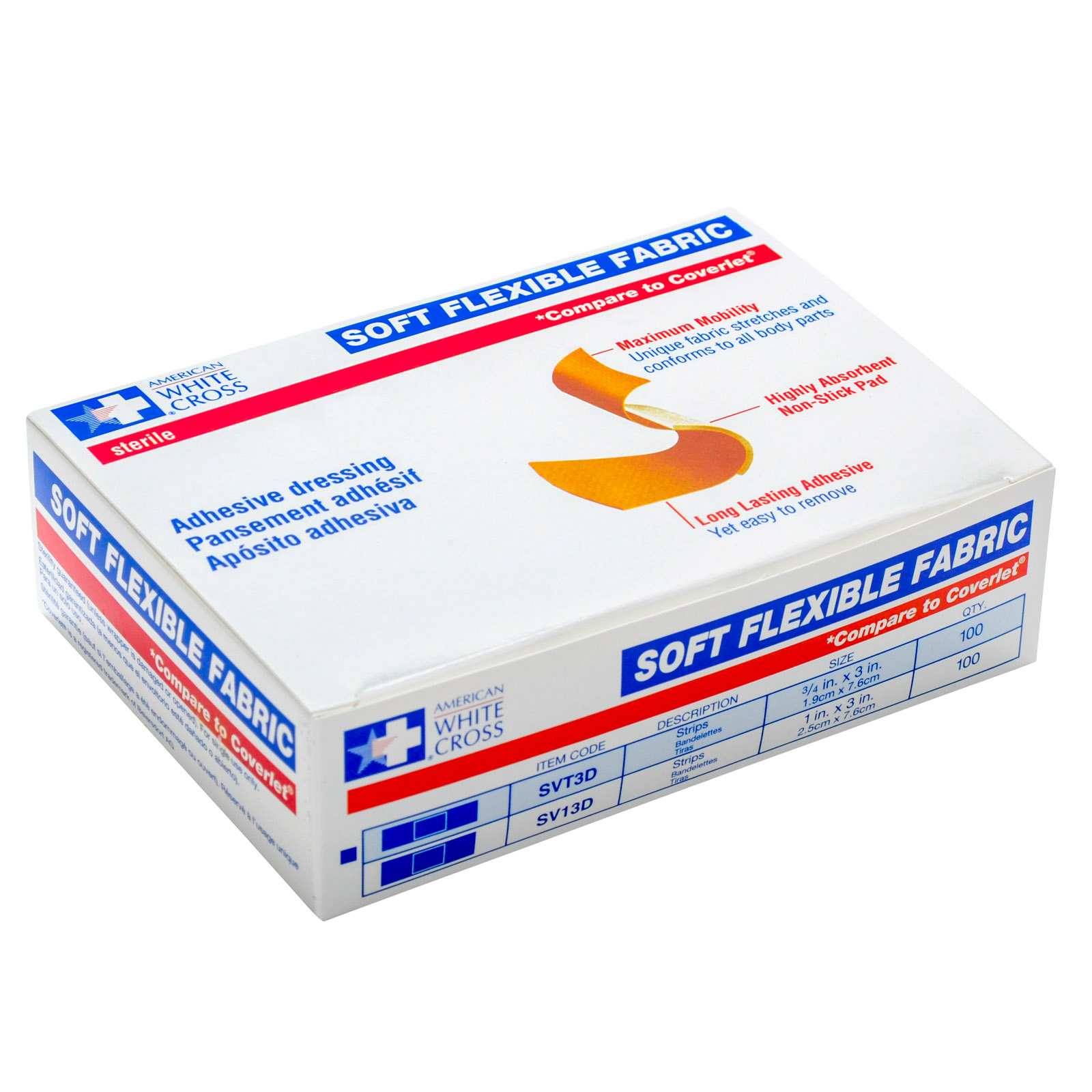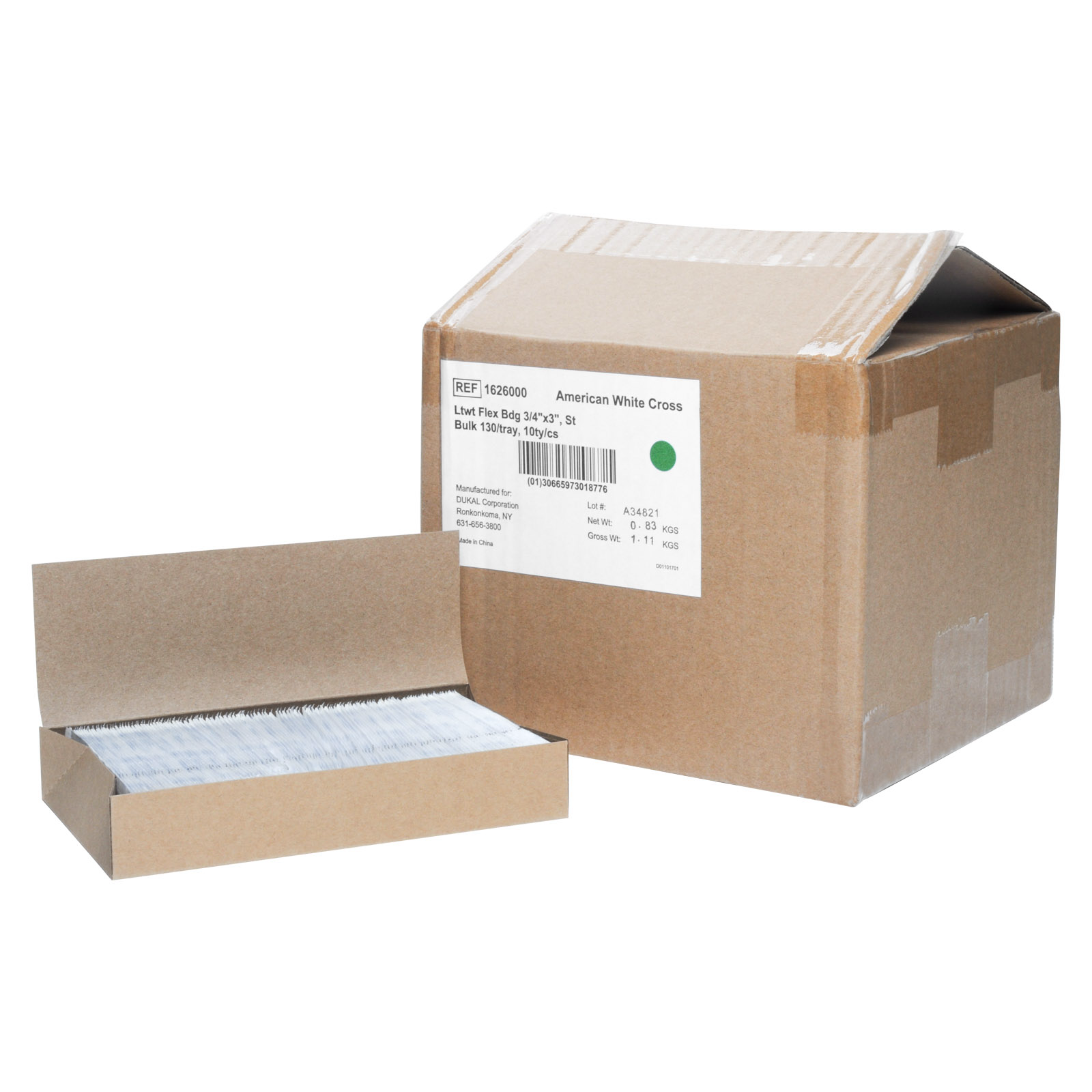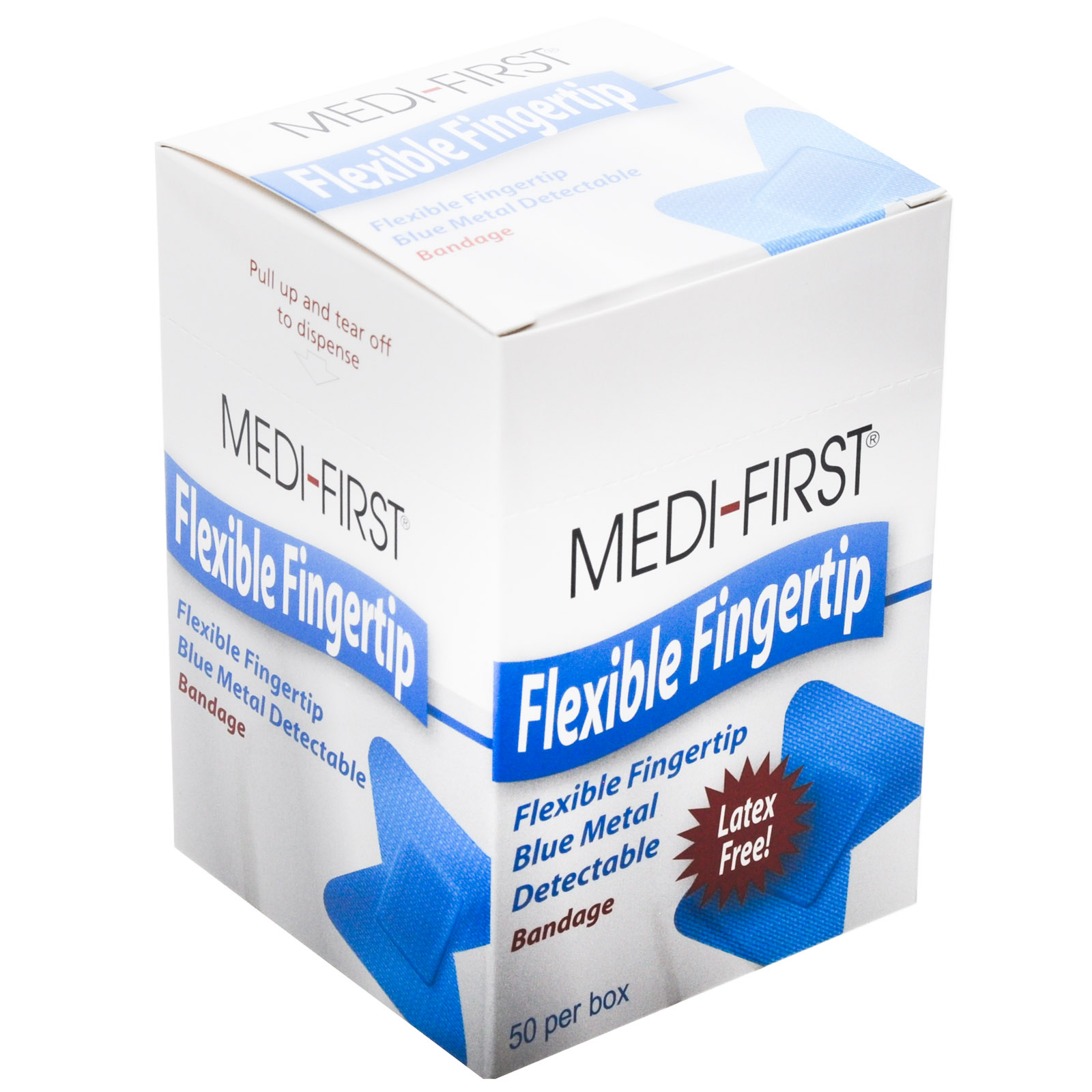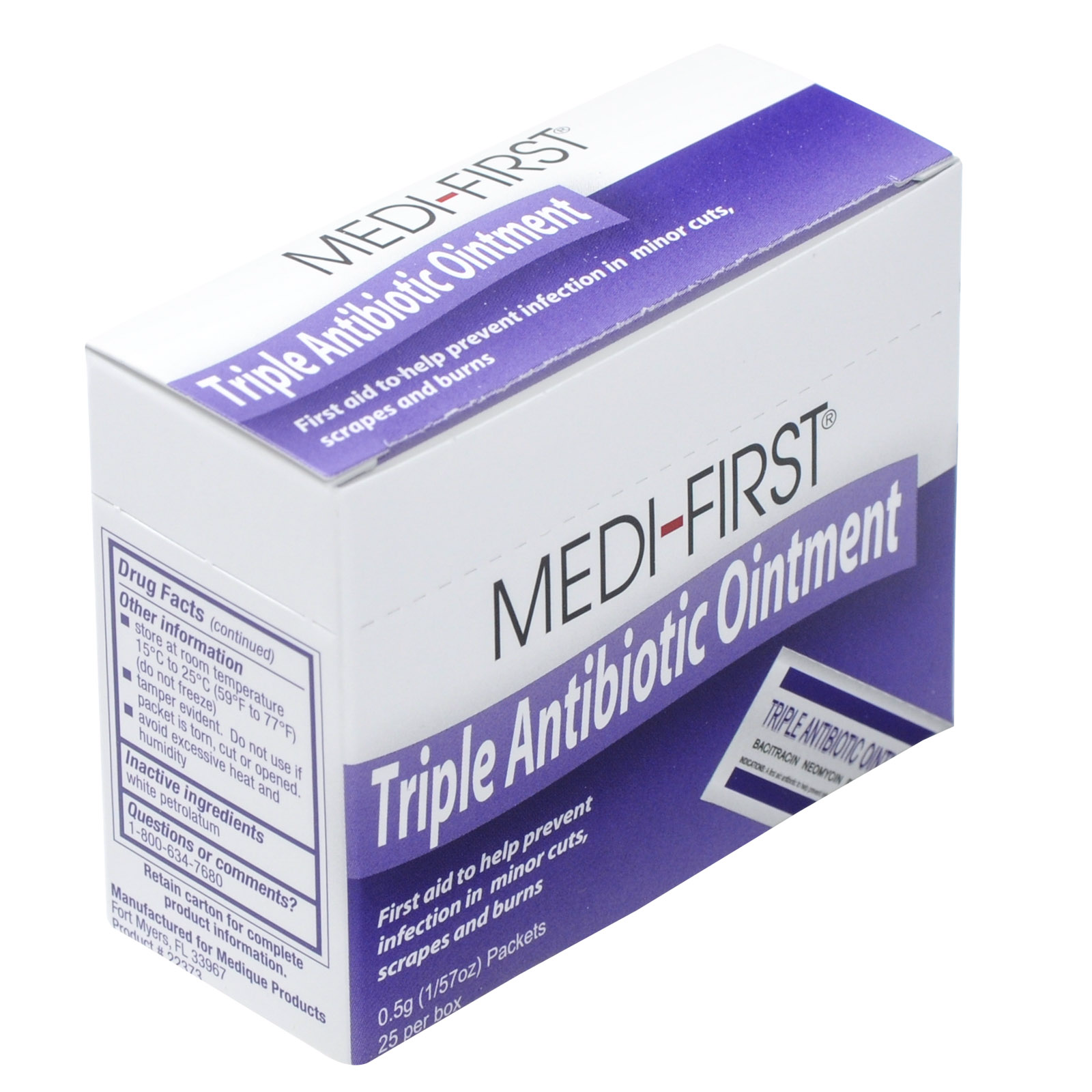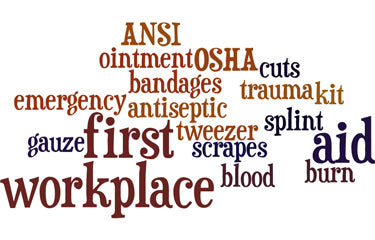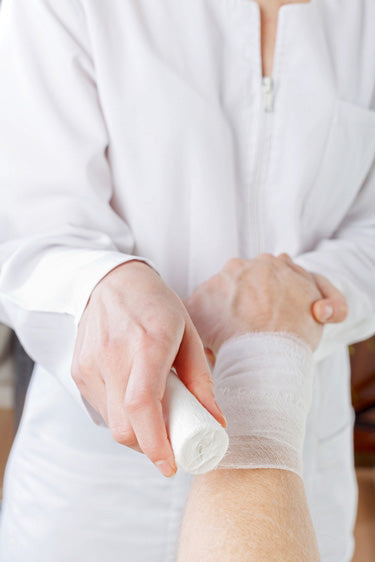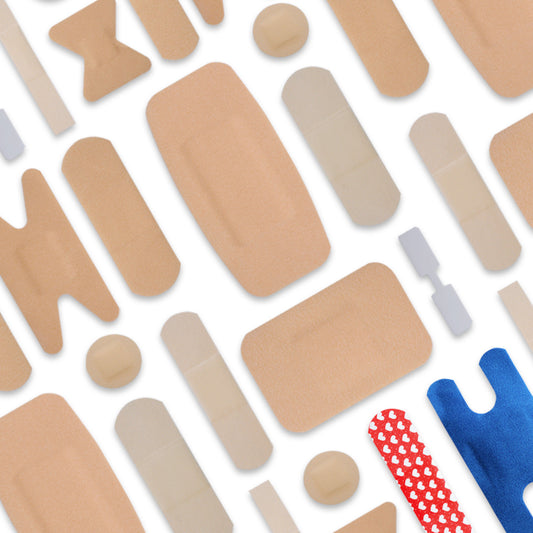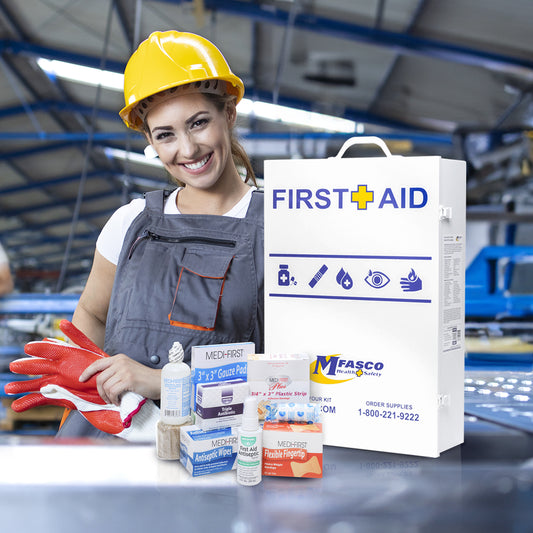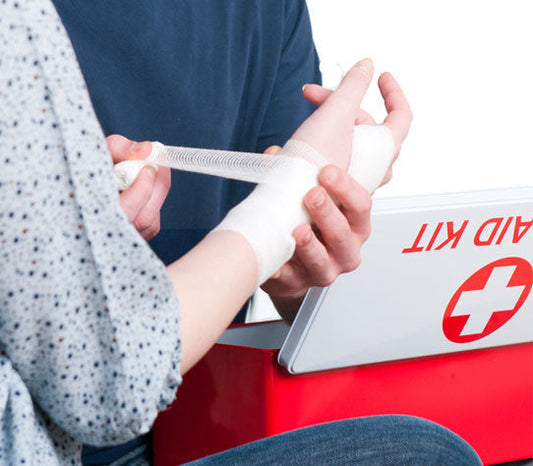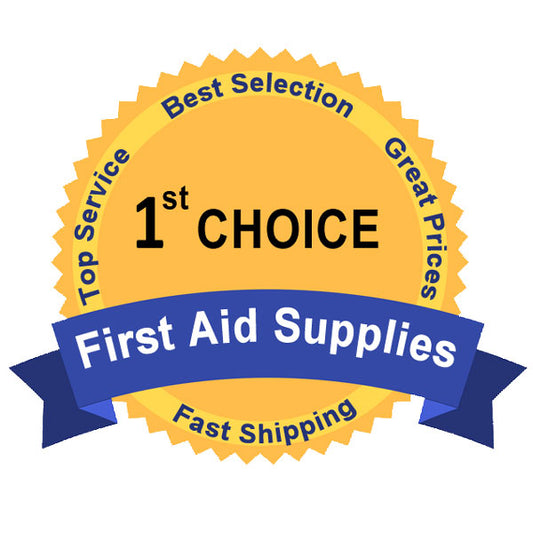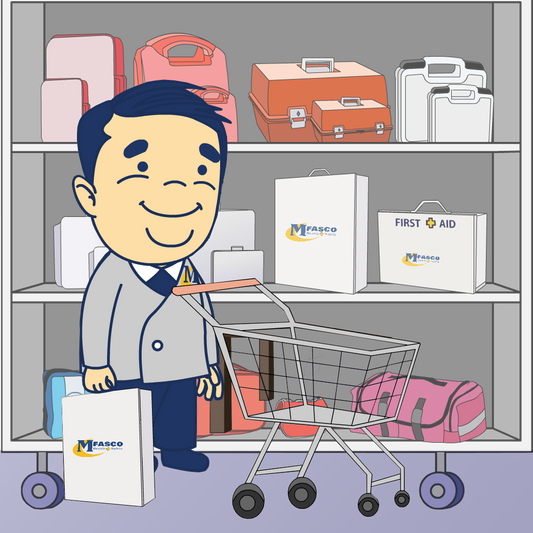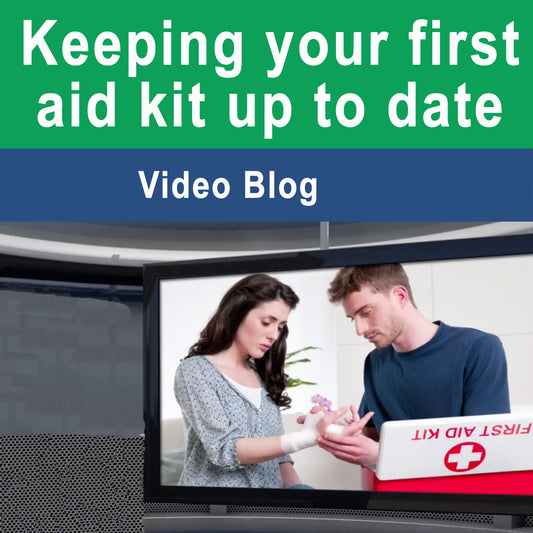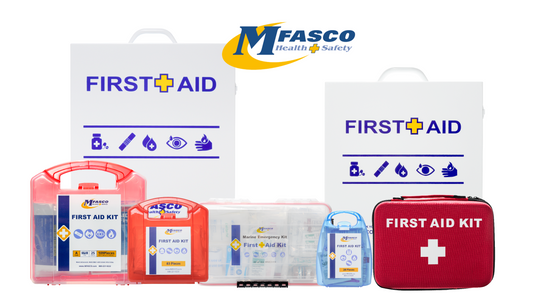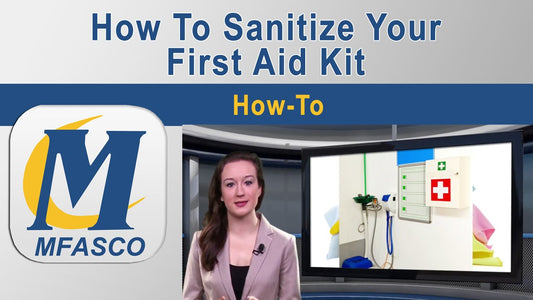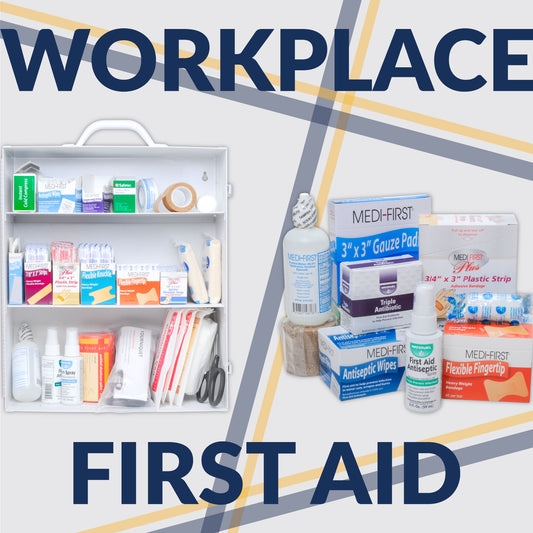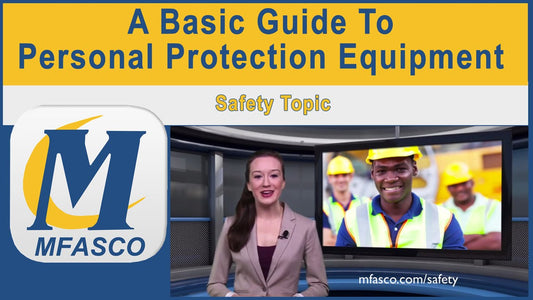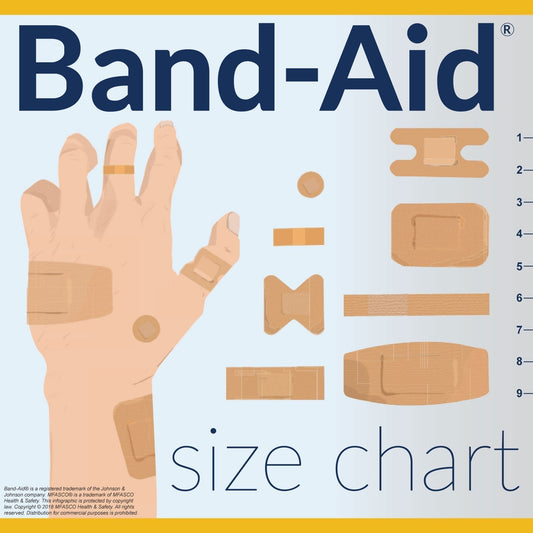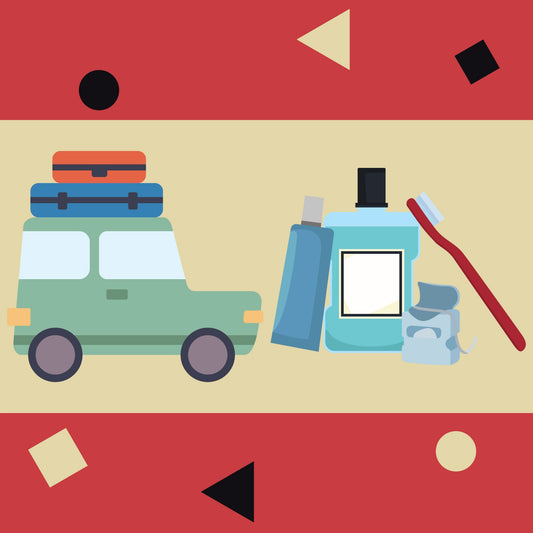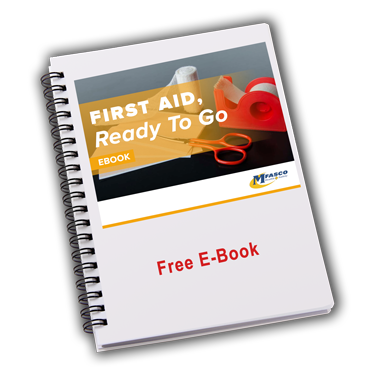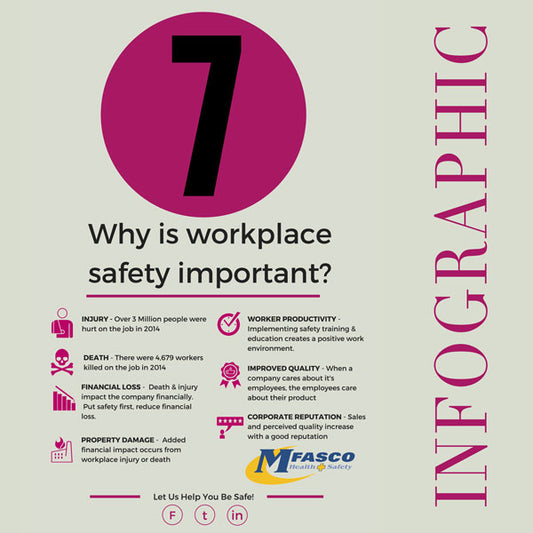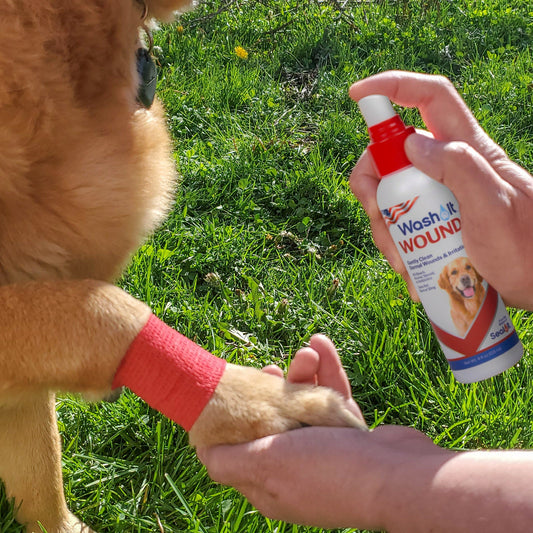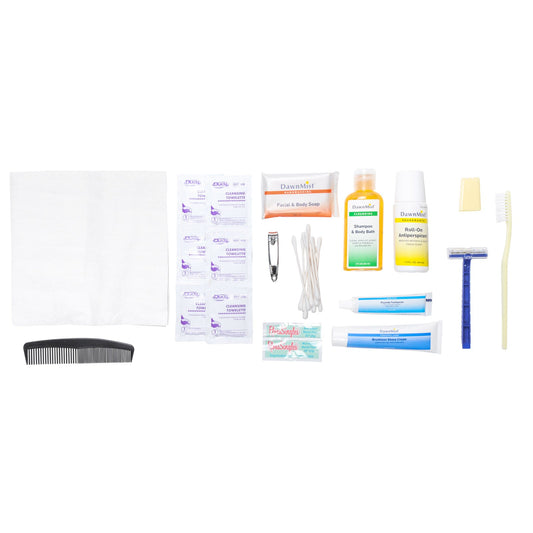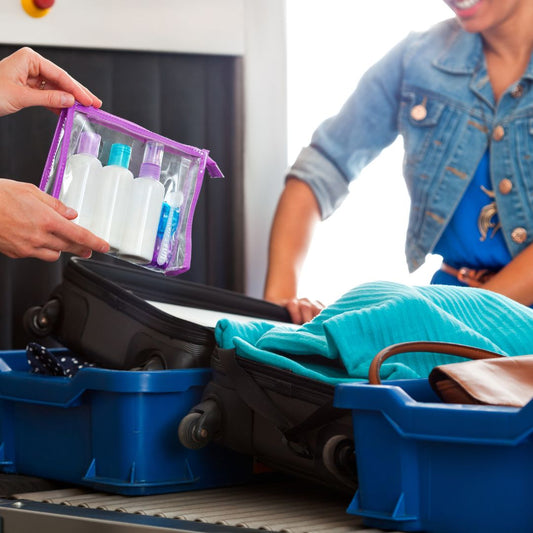7 Things You Should Do When You Get Cut
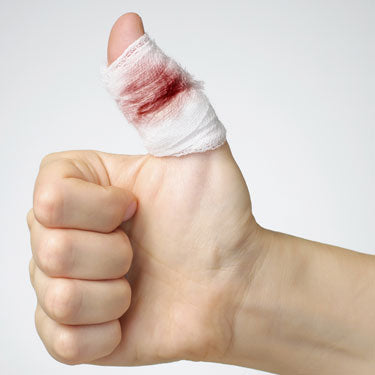
Ironman or other superhero-type people might be able to avoid injury but for thousands of Americans, cuts and scrapes are a daily event. The Bureau of Labor & Statistics reported there were over 70,000 cuts (lacerations) that caused days away from work. Based on these statistics and our personal experience, sooner or later we will cut ourselves. When we do get cut, the Mayo Clinic recommends these 7 things you should do right away.
1. Stop the Bleeding
When treating a cut, stopping blood loss is extremely important. Apply consistent pressure using a clean cloth or a sterile bandage if available. If you have a first aid kit, use folded gauze pads or a blood-stopping bandage. Serious lacerations should apply pressure for 20 - 30 minutes, allowing blood to clot. If you continue to bleed seek medical attention immediately.
2. Clean the wound site
After the bleeding has stopped, clean the wound with water. Avoid cleansers or soaps as these can irritate the skin or wound site.
3. Apply an Antibiotic ointment
After the bleeding has stopped and the wound has been cleaned, apply antibiotic ointment. This will not only keep the surface moist but will prevent minor bacterial skin infections. Name brands like Neosporin work fine but there are also generic ointments that do the same thing for a lot less.
4. Cover and protect the wound
Bandages do several things including protecting the wound from dirt. They also provide protection from bumping or exposing the wound site to dirt or bacteria. Bandages also absorb fluids that may drain or weep from the wound site. Be sure to change the dressing regularly if it becomes soiled, wet, or dirty.
5. Watch for Infection
Even when we do all of the right things while we treat our wounds, they can still get infected. Watch your wound for infection which can include redness, pain, swelling, drainage, or a warm feeling. See our list of when you should call your doctor after you get cut below.
6. Get a tetanus shot
If you can't remember the last time you got a tetanus shot, you probably need to get one. Doctors recommend getting one every 10 years or so. Your wound may require getting a tetanus booster so be on alert for pain, swelling, or other signs of infection.
7. As recommended by FamilyDoctor.org, seek medical attention if any of the following occur:
- The wound is jagged
- The wound is on your face
- The edges of the cut gape open
- The cut has dirt in it that won't come out
- The cut becomes tender or inflamed
- The cut drains a thick, creamy, grayish fluid
- You start to run a temperature over 100°F
- The area around the wound feels numb
- You can't move comfortably Red streaks form near the wound
- It's a puncture wound or a deep cut and you haven't had a tetanus shot in the past 5 years
- The cut bleeds in spurts, blood soaks through the bandage or the bleeding doesn't stop after 20 minutes of firm, direct pressure
As mentioned above, keeping a fully stocked first aid kit on hand and ready to use will help treat your cuts and scrapes quickly. Modest kits that have all of the necessary supplies can cost as little as a few dollars. Be prepared for cuts and scrapes this year and follow the 7 steps when you get cut.
MFASCO has every type of bandage needed for your cuts and scrapes!
Whether you are looking for food-safe bandages or bulk bandages, we can help you find the bandages for your needs. Call or email us and we will be glad to help. We have the products in stock and ready to ship the same day you place your order.
- Strip bandages
- Bulk Bandages
- Fingertip Bandages
- Knuckle Bandages
- Extra Large Patch Bandages
- Spot & Junior Bandages
- Detectable food Service Bandages
- First aid kit bandages
We're here to help. Give us a call!
Call, chat, or email us and we will be glad to help. Adhesive bandages help stop bleeding and protect wounds from dirt and infection. Be sure your first aid kit is stocked with a good selection of bandages.
First Aid Products & Accessories
MFASCO's Make a Kit Tool
Complete First Aid Kit Refill Packs
Reorder Lists for First Aid Kits
Additional Resources for Reordering First Aid Kits & Supplies
Top 8 First Aid Kit Types
What is in a First Aid Kit?
Essential First Aid Kit Supply List
Contributing Expert

Mike Brinker
Mike Brinker has been working in the first aid industry for over 35 years. He has worked with thousands of businesses,groups, and organizations to provide a healthy and safe work environment. Mike helped create “Make-A-Kit”, the internet's only online first aid kit creation tool. He has also authored many helpful first-aid and safety-related resource articles found at the MFASCO Learning Center.

